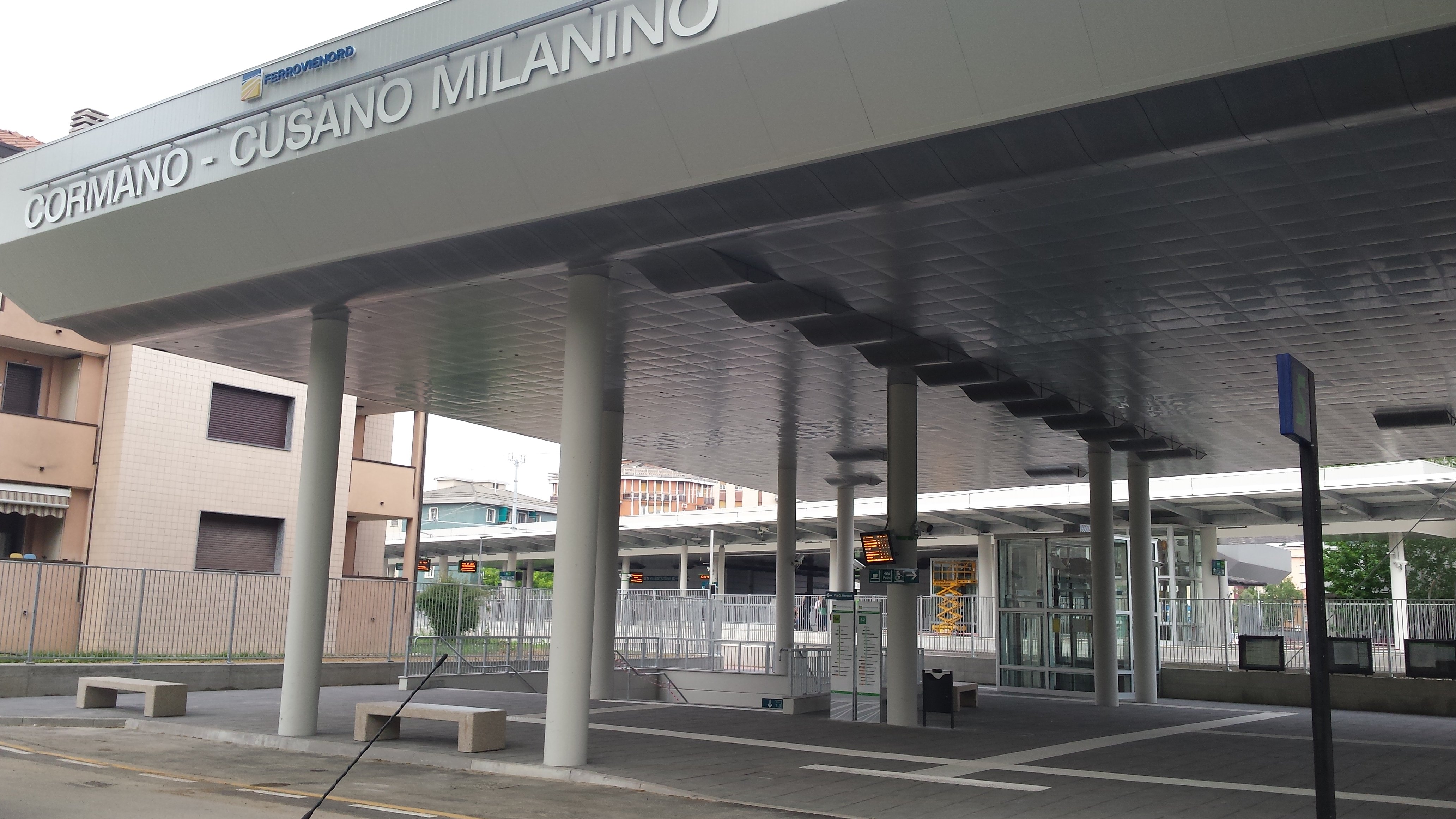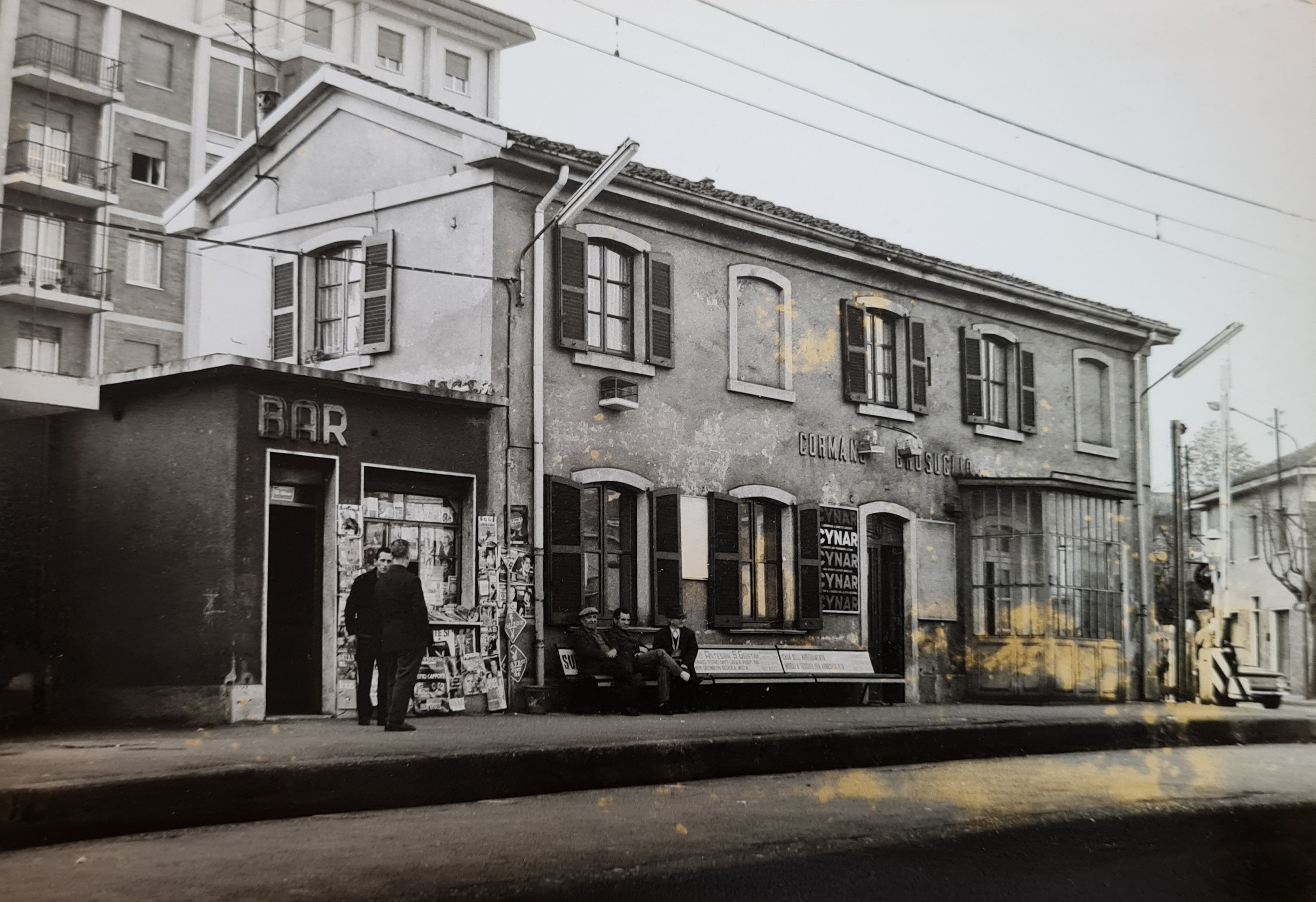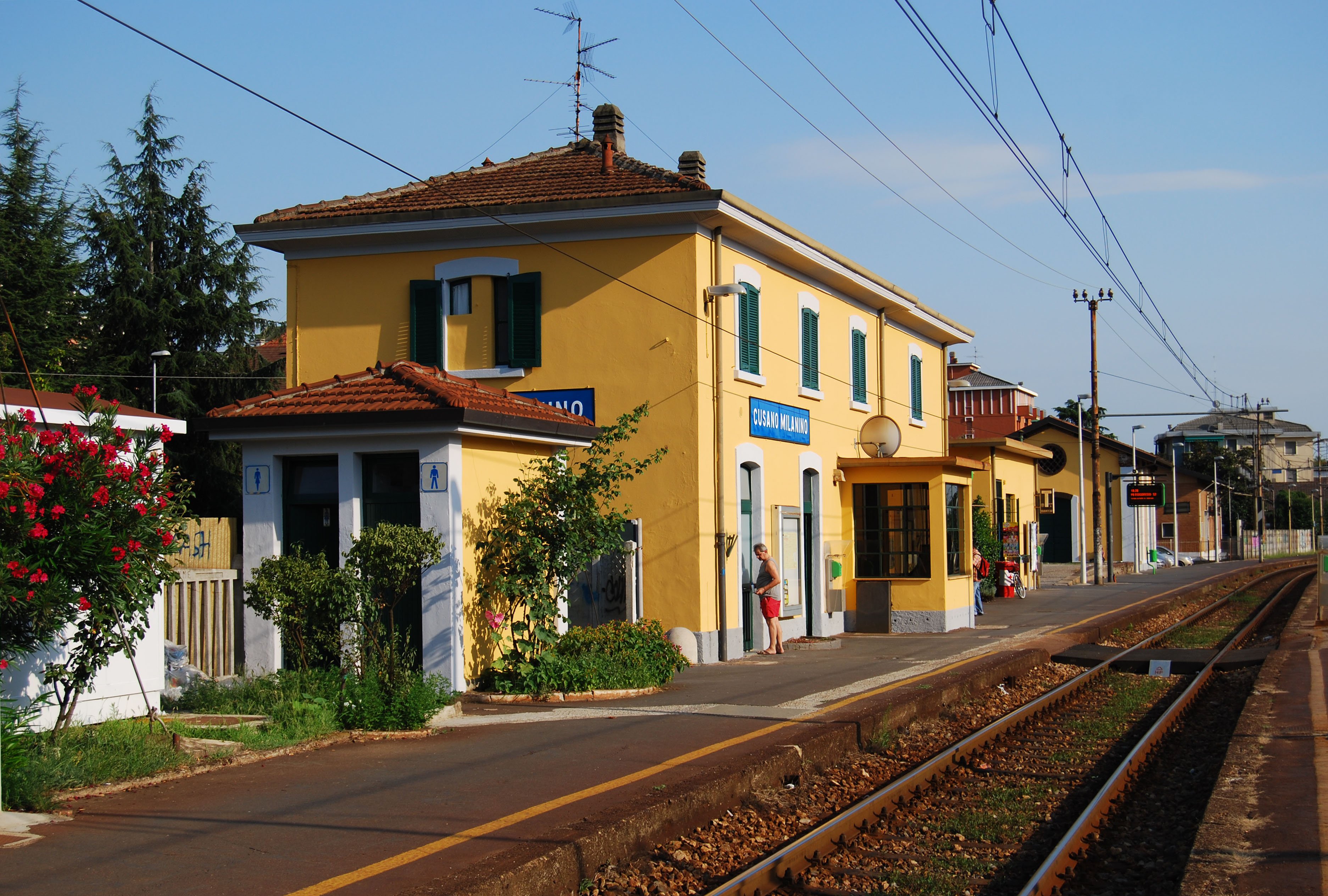Cormano - Cusano Milanino


Cormano was a farming town with ancient origins. In Roman times, the Mediolanum-Bellasium way passed through Cormano. This Roman road connected Mediolanum (Milan) with Bellasium (Bellagio). In 1871 Cormano was merged with the abolished municipality of Brusuglio. Cormano underwent a period of intense population and construction growth in the 1950s and 1960s, eventually forming a conurbation with neighbouring municipalities and with the city of Milan.
Cusano stands alongside the Seveso, a river that runs north to south across the western side of the city. The municipal area is almost totally urbanised, with the exception of farmland north of Milanino, part of the Grugnotorto Villoresi Park. The unified station of Cormano-Cusano was built to replace the previous stations of Cusano Milanino and Cormano-Brusuglio.
Gallery

Passengers waiting for the train at Cusano station, 1920s 
Cormano Brusuglio station in a photograph from 1972 
Cusano Milanino station in 2009, a few years before its closure 
Cormano station in 2009, a few years before its closure 
Villa Manzoni-Berlingieri (1.3 km from the station): the villa was the residence of Carlo Imbonati, and after his death it passed to his partner, Giulia Beccaria, mother of Alessandro Manzoni. The villa was the summer residence of the writer and his family: this is where Alessandro Manzoni began writing “The Betrothed” in 1821, and where he indulged his passion for botany.